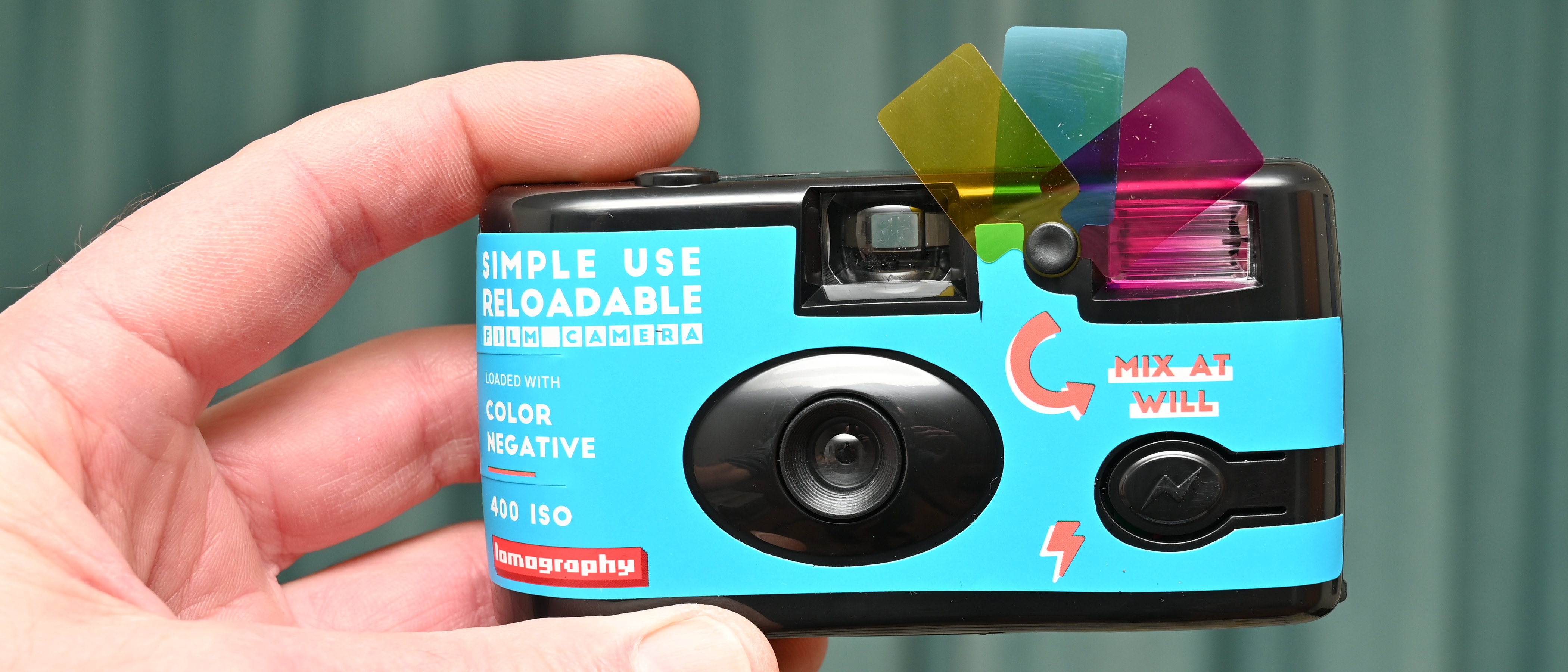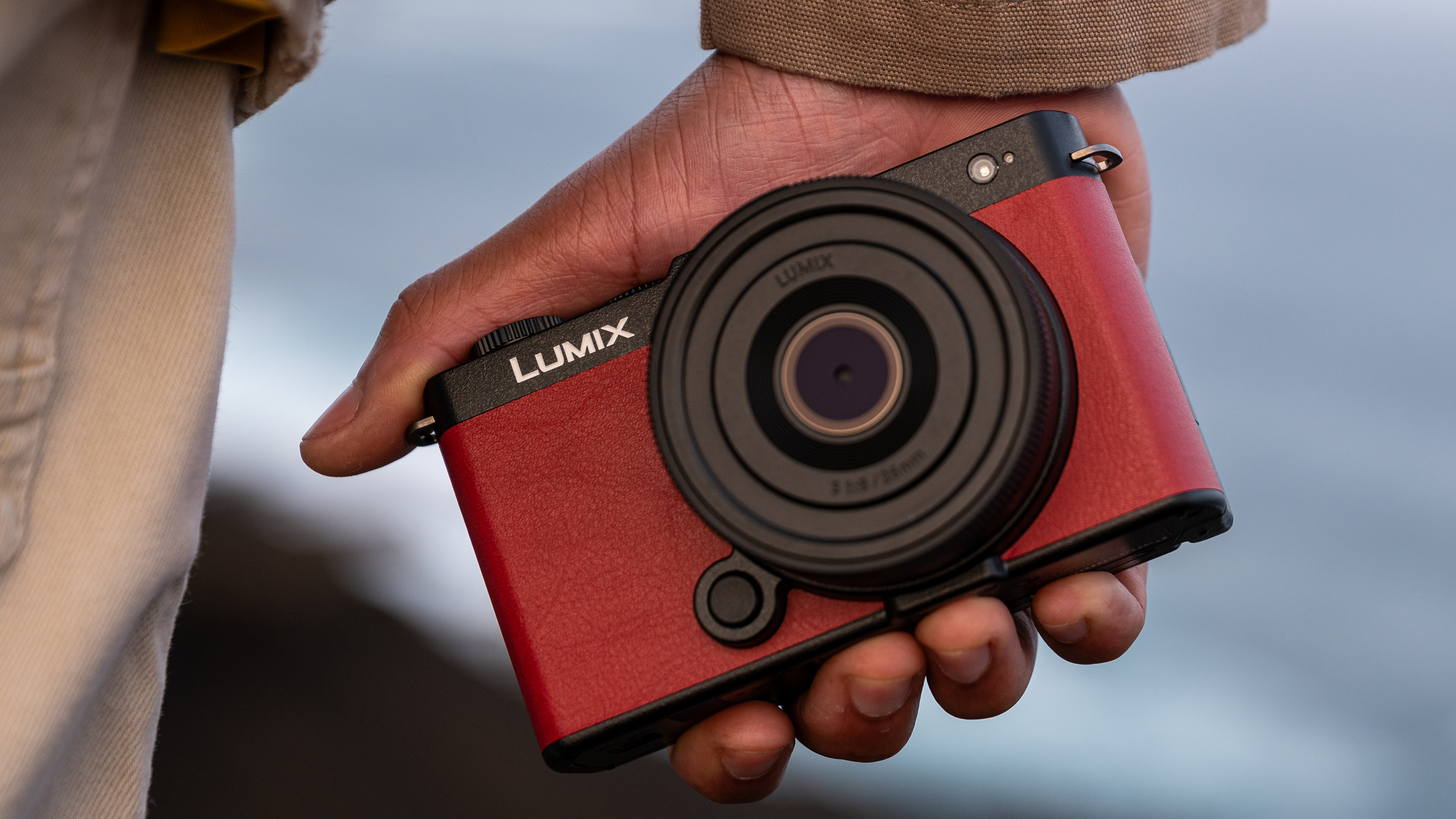Digital Camera World Verdict
I like that the Lomography Simple Use Reloadable Film Camera Color Negative is pretty cheap for a reloadable 35mm film camera that I can use more than once, especially considering that it comes with an included roll of film. It’s typically ‘retro’ in terms of image quality.
Pros
- +
Not just single-use
- +
36-exposure film included
- +
Built-in flash with filters
Cons
- -
No focus/exposure adjustment
- -
Handling could be better
Why you can trust Digital Camera World
In an age of digital high-tech frippery, the Lomography company is a champion of relatively Lo-Fi analog photography. As such, it offers a wide range of reloadable and disposable film cameras at various price points and an even wider range of film stock in a variety of sizes, including 35mm, 110, and 120 formats. The camera I’m reviewing here is the ‘Color Negative’ edition from the Lomography Simple Use Reloadable Film Camera range. Apart from the different stickers that cover the front and back of each model and the film it’s supplied with, the camera itself is essentially identical for each edition. Although reloadable, they’re also viable as single-use disposable cameras.
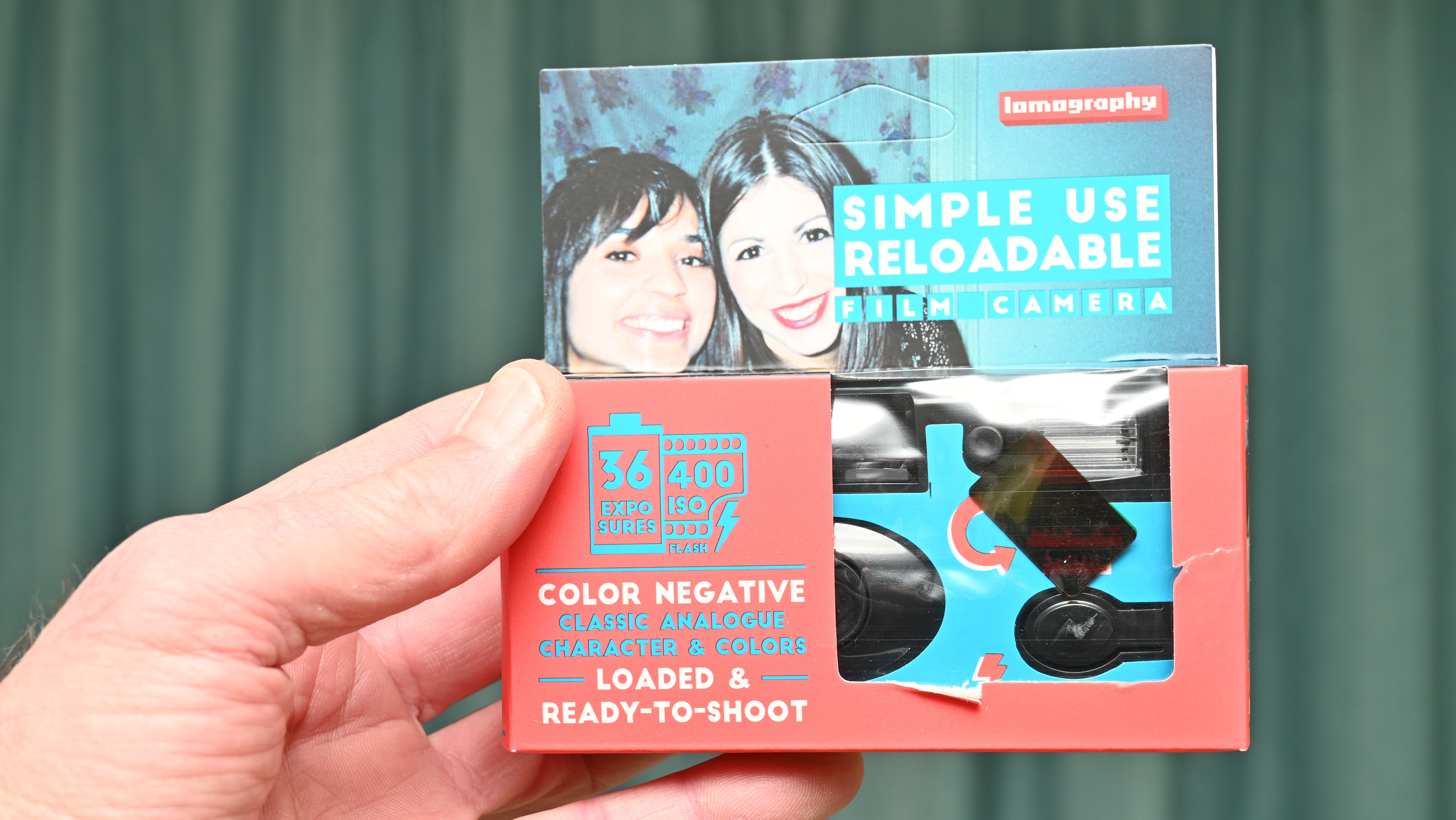
Specifications
| Camera type | 35mm reusable |
| Film type supplied | Lomography Color Negative ISO 400 |
| Color / B&W | Lomography Color Negative ISO 400 Color |
| Film length supplied | Lomography Color Negative ISO 400 Color 1x 36 exposures |
| Flash | Yes |
| Minimum subject distance | 1m |
| Dimensions (W x H x D): | 115 x 60 x 33 mm |
| Weight (inc film & battery): | 120g |
Price & Availability
The Color Negative edition of the camera is available directly from Lomography as well as from various other retailers. It’s priced at around $25/£23, which is very inexpensive considering that 36-exposure rolls of the actual film (without the camera) retail for around $15 / £15 a pop.
Putting eco-friendliness to one side, it’s almost worth paying the extra and getting a new camera with each roll of film. That saves the hassle of reloading it, which I’ll come to later. Discounted bundled options containing multiple versions of the camera are also available, as well as an underwater casing that costs around $25 / £20.
Design & Handling
I’m a bit of a sucker for Pick ‘n’ Mix. For me, the neat thing about this range of Lomography cameras is that I can buy one with my preferred film stock included, and try others further down the line. Choices include Color Negative, advertised as giving ‘dazzling, saturated colors’, LomoChrome Purple for ‘vibrant violet hues’, Lady Grey black & white, LomoChrome Turquoise for ‘brilliant blue and orange hues’ and LomoChrome Metropolis for ‘moody, muted shots’.
As I’ve mentioned, you can buy bundles of the cameras, for example comprising all five versions that include the different film stocks, a Wedding bundle, and even a Pool Party bundle that has the underwater casing thrown in for free. An upside of having different cameras loaded with different film is that you can grab the one that’s most ideal for any particular shot or shooting scenario.
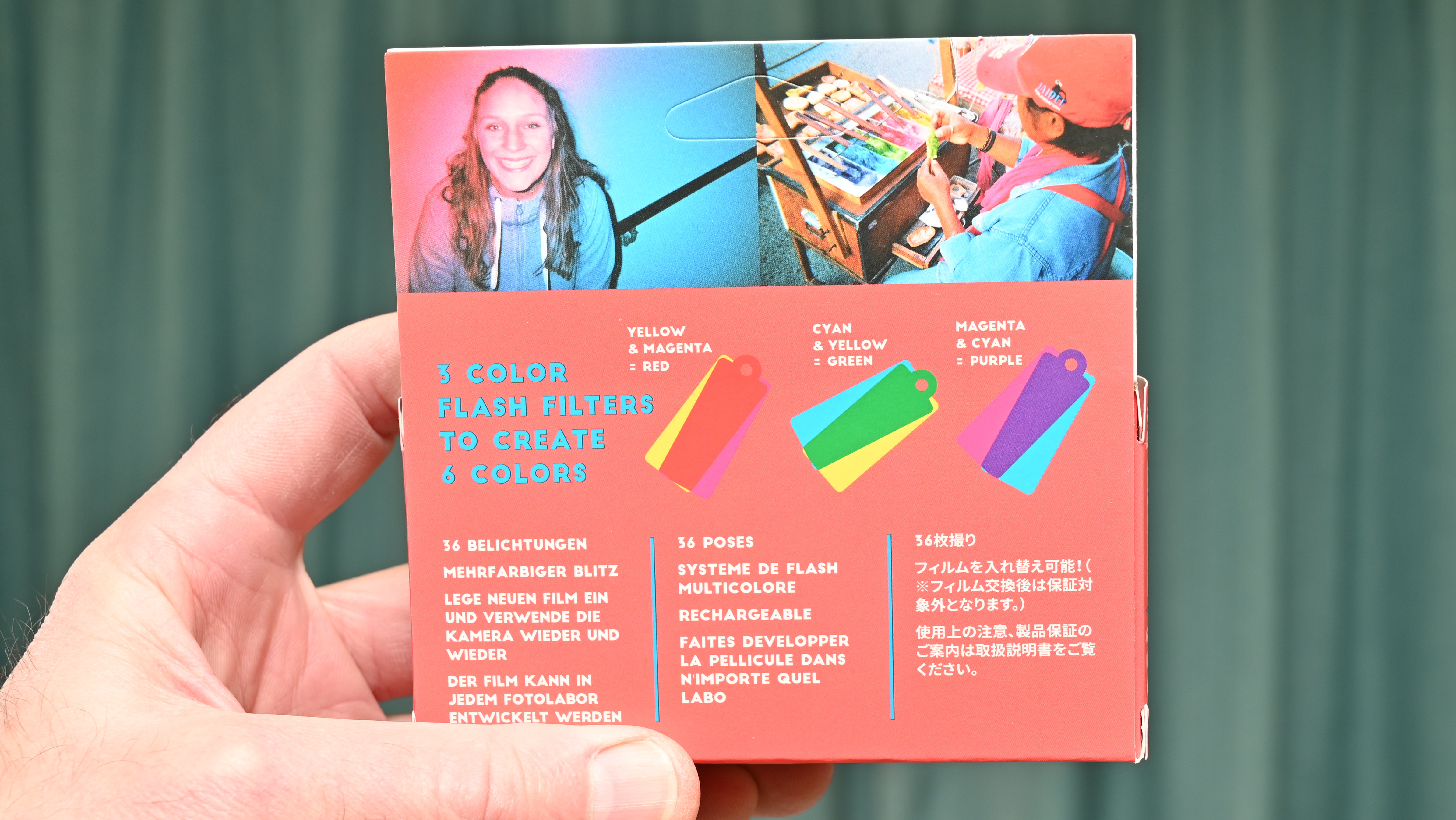
The camera comes pre-loaded with film. As with single-use cameras, it’s wound completely out of the canister onto the take-up spool. Each time you take a shot and wind the film on using the frame advance wheel, it gradually winds back into the canister. That keeps things simple when you get to the end of a roll of film. All you need to do is cut a slit through the part of the sticker that covers the bottom of the camera, open the back on its hinge after releasing the locking catch, and take out the canister.
Reloading the camera with a new film is more of a faff. This time you need to pull out enough film to engage on the take-up spool, slide a release latch to disengage the film advance sprocket, then use the crank underneath the camera to wind the entire roll of film out of the canister. It’s fiddly and time-consuming but at least the frame counter resets automatically as part of the process.
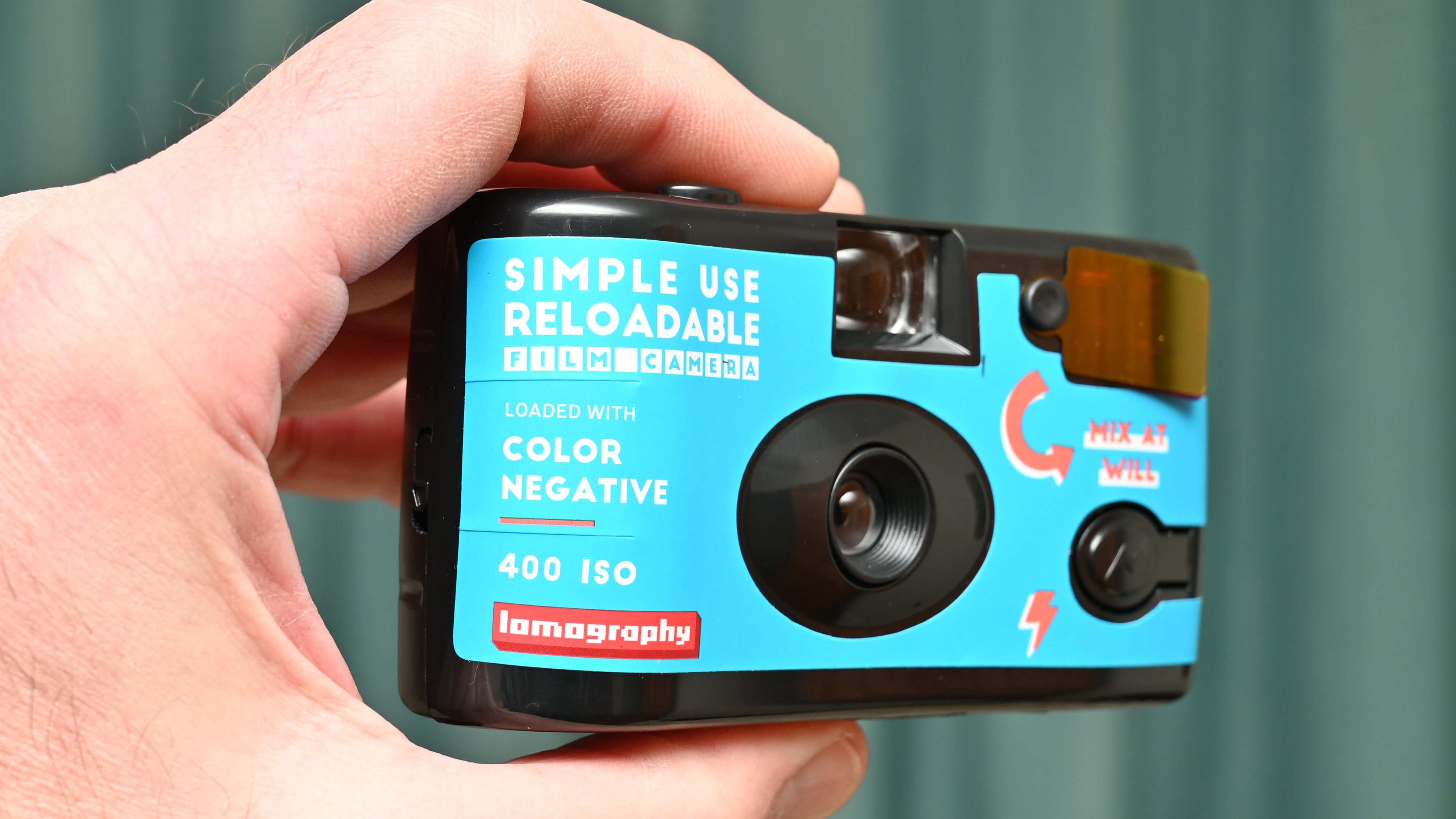
A handling issue that bothered me a bit is that I like to hold this type of camera by its top and bottom, using my first finger and thumb of each hand. I find that avoids the risk of stray fingers blocking the lens and flash unit. The only problem is that I found the film loading crank was positioned beneath my left thumb, and it rotates every time you advance the film for the next frame. It’s not a big issue, just a bit annoying.
The rest of the camera is pretty standard fare. The lens has a 31mm focal length and f/9 aperture, and a minimum object distance of 1m. As usual for this type of camera, the focus distance and exposure are both fixed, the latter combining the f/9 aperture with a shutter speed of 1/120th of a second. The flash has a range of about 2m and a recycling speed of about 5 seconds. As with its film, the camera comes pre-loaded with an AA battery for powering the flash. Again, you need to cut through the part of the sticker on the underside of the camera if you need to change the battery.

A neat novelty item is that the camera features three colored gel filters which revolve on a spindle and can be positioned in front of the flash. You can use each of the yellow, cyan and magenta filters on their own or combine yellow and magenta to make red, cyan and yellow to make green, or magenta and cyan to make purple. The idea works well enough in principle but using the filters is a bit fiddly in practice.
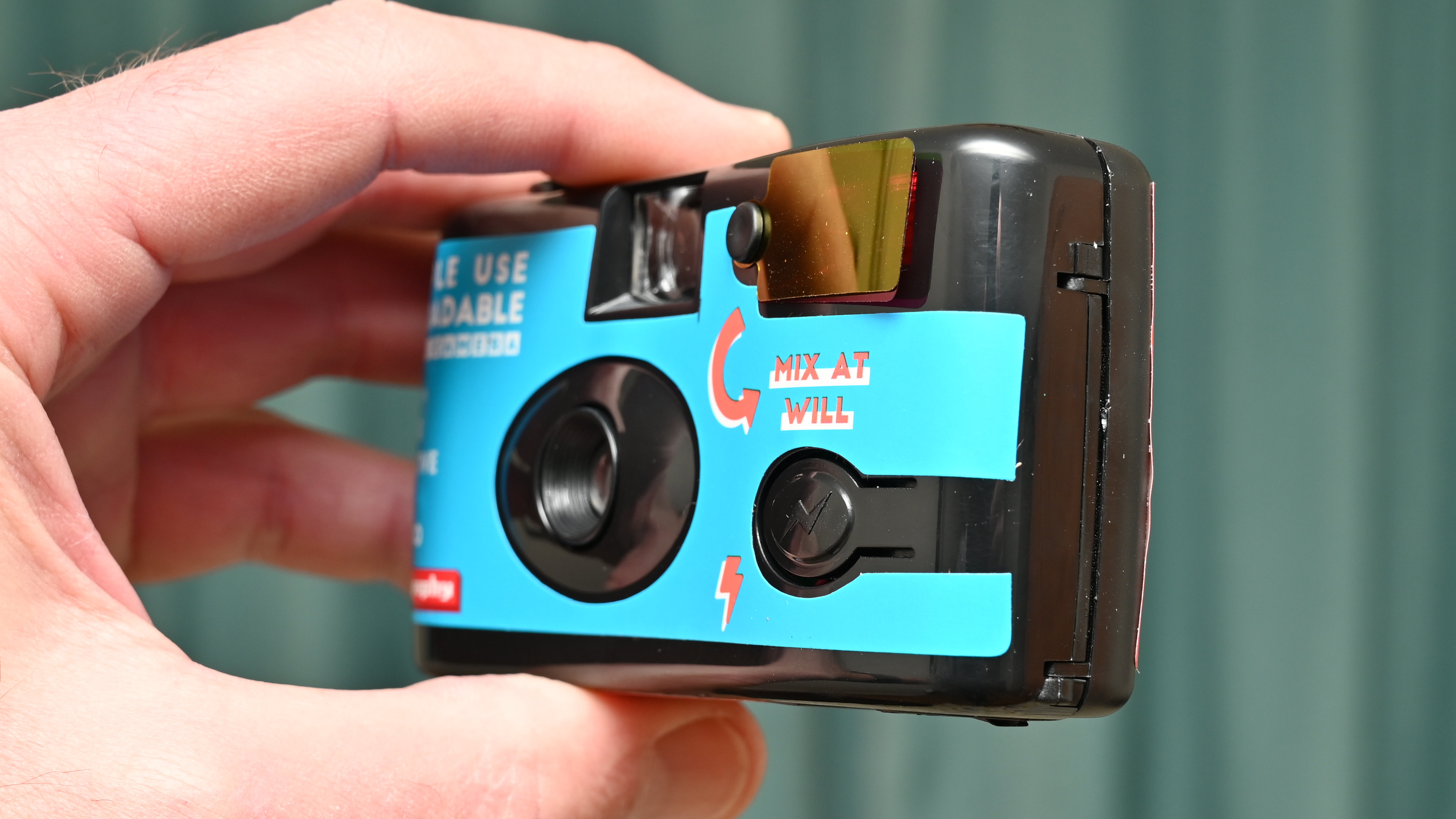
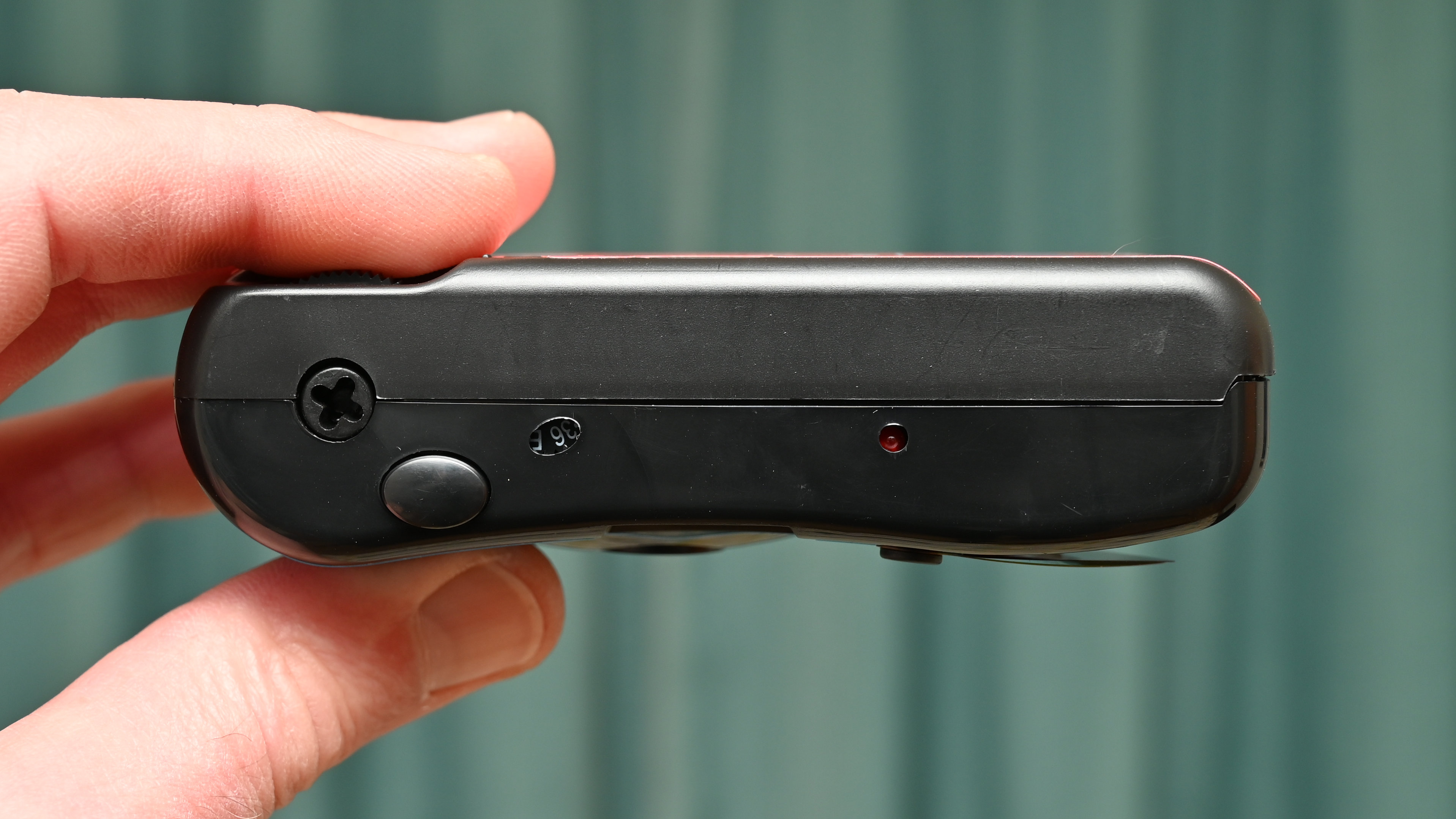
Photo Performance
To judge the performance of this Lomography camera, I took it for a sunny day outing, using it in wide-ranging lighting conditions, from direct sunlight to deep shade. I also took some indoor shots with and without flash.
I found that the pre-loaded Lomography Color Negative ISO 400 film gave enough latitude for really bright scenes under direct sunlight, without overexposure, yet still delivered usable exposures in deep shade, despite the camera having a fixed exposure setting of 1/120th of a second at f/9.
Flash proved all but essential when shooting indoors, even under bright room lighting. The camera can’t compete with even a basic smartphone for sharpness and the retention of fine detail in images, but that’s par for the course with cheap plastic film cameras.
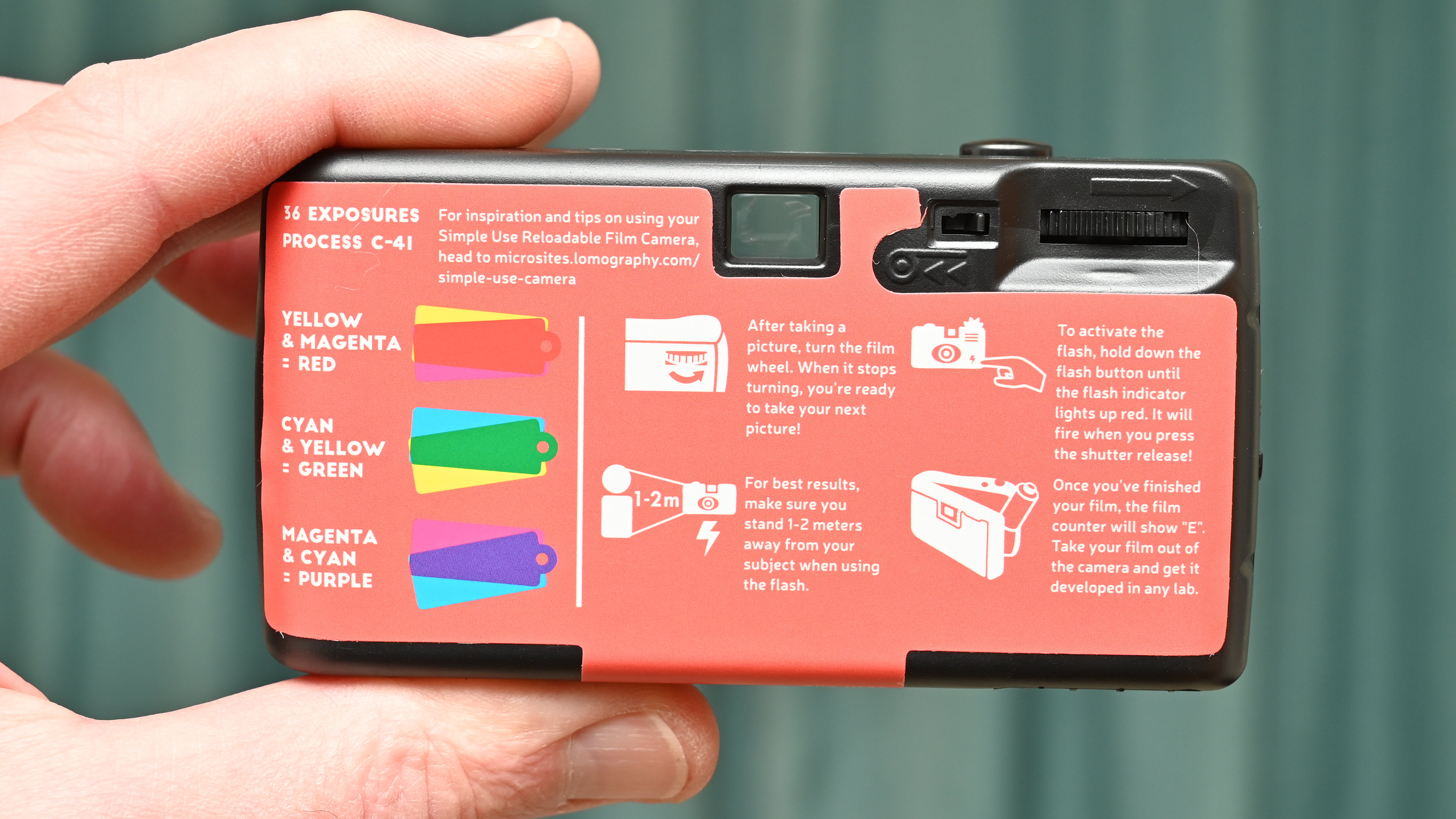
Sample Images
This gallery of sample shots was taken in varying lighting conditions from bright direct sunlight to deep shade, as well as indoors with and without flash.



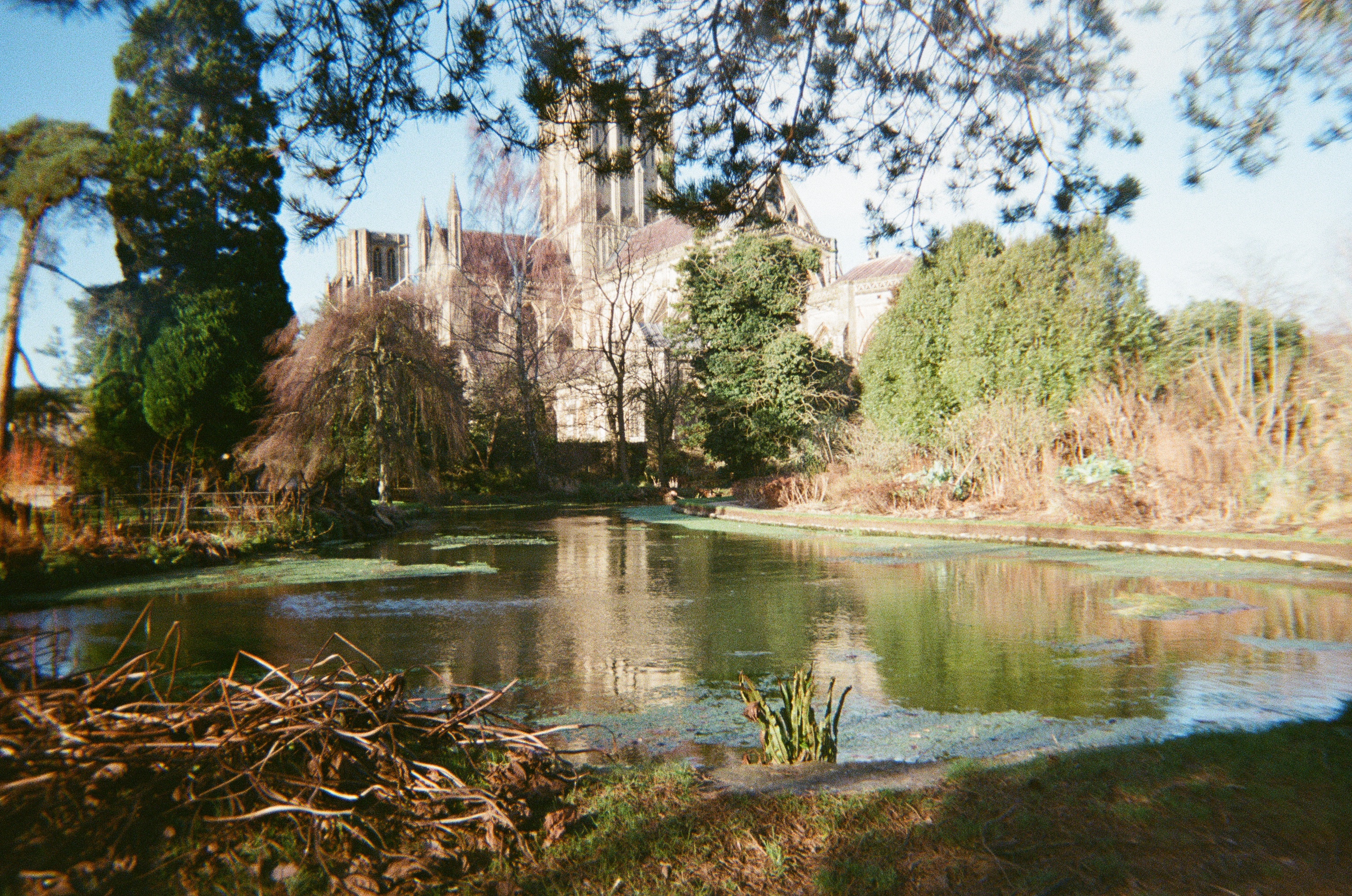


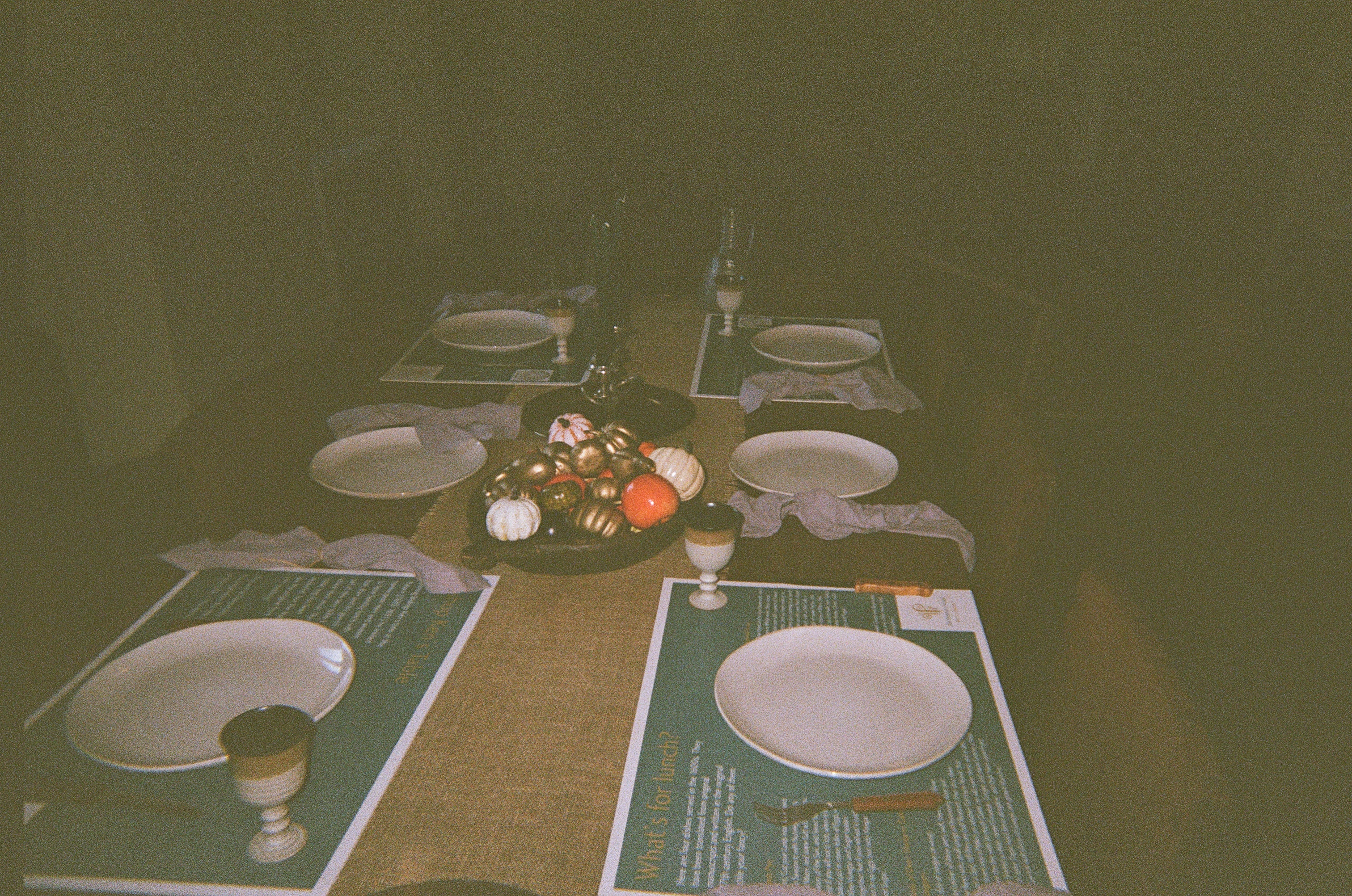
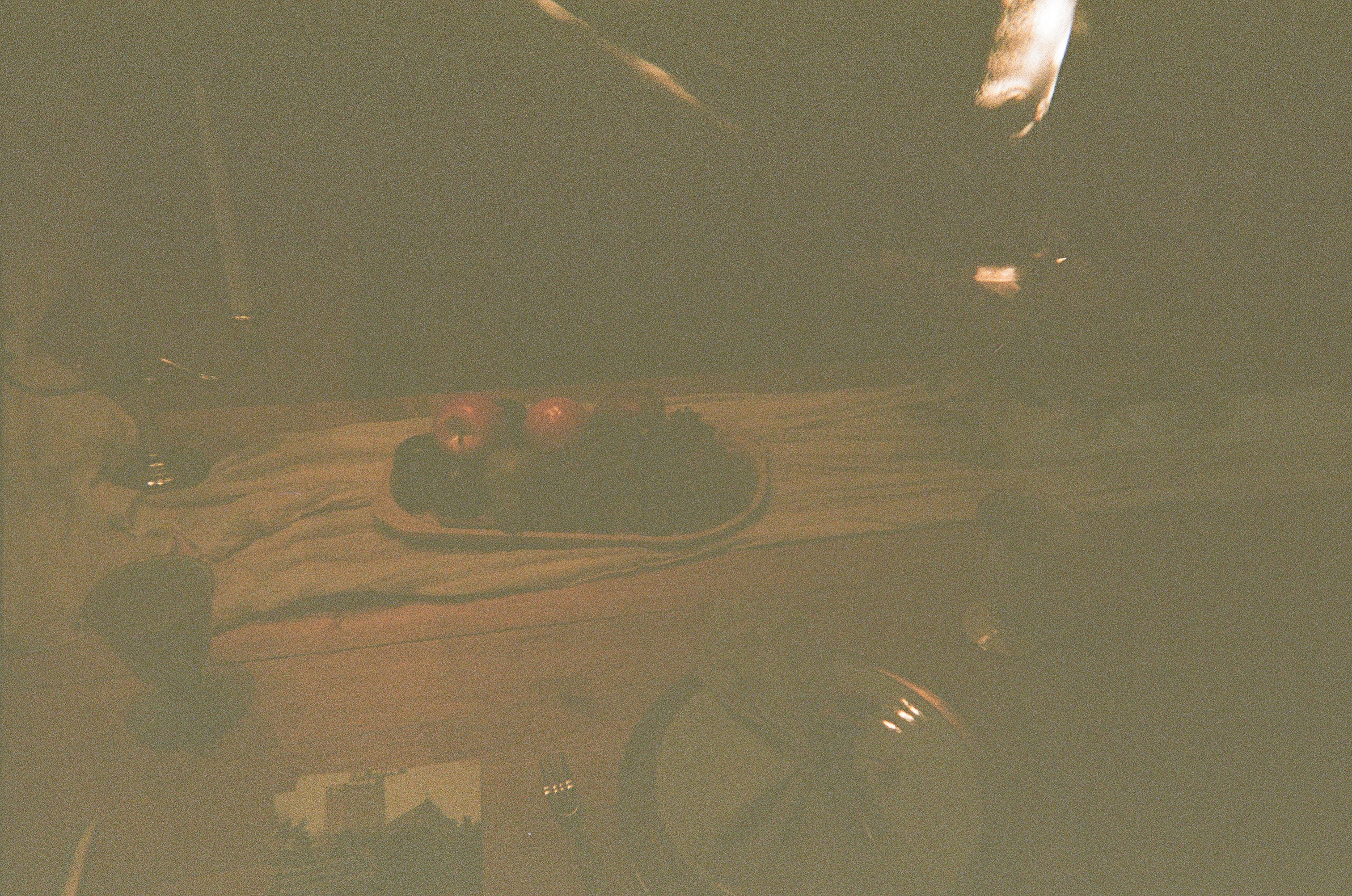
Verdict
I feel that the Lomography Simple Use Reloadable Film Camera Color Negative is pretty good value for money, considering that it comes complete with a 36-exposure roll of color negative film and an AA battery pre-loaded. Image quality is average for this type of camera, so don’t expect too much in the way of sharpness, but color quality and exposure latitude are pretty good. Technically, you can reload the camera rather than binning it after one use, but it’s a relatively fiddly and time-consuming process compared with most reloadable cameras. It feels more like a disposable camera that can be hacked for re-use.

Should you buy the Lomography Simple Use Reloadable Film Camera Color Negative?
✅ Buy this...
- Reloadable
- Decent quality pre-loaded film
- Built-in flash
🚫 Don't buy this...
- Reloading is fiddly
- Mediocre build quality
- Reliant on flash indoors
Alternatives
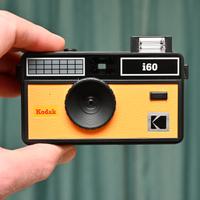
The Kodak i60 Reloadable Film Camera has a battery flap that’s really hard to open and a film door that opens all too easily, but it’s more stylish with retro charm based on old Kodak Instamatic cameras of a few decades ago.
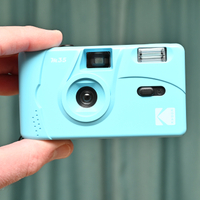
The Kodak M35 Reloadable Film Camera doesn’t look as stylish as the Kodak i60 but has better handling and virtually identical overall performance, with a lower selling price. It’s also available in a wide variety of color options.
Matthew Richards is a photographer and journalist who has spent years using and reviewing all manner of photo gear. He is Digital Camera World's principal lens reviewer – and has tested more primes and zooms than most people have had hot dinners!
His expertise with equipment doesn’t end there, though. He is also an encyclopedia when it comes to all manner of cameras, camera holsters and bags, flashguns, tripods and heads, printers, papers and inks, and just about anything imaging-related.
In an earlier life he was a broadcast engineer at the BBC, as well as a former editor of PC Guide.
